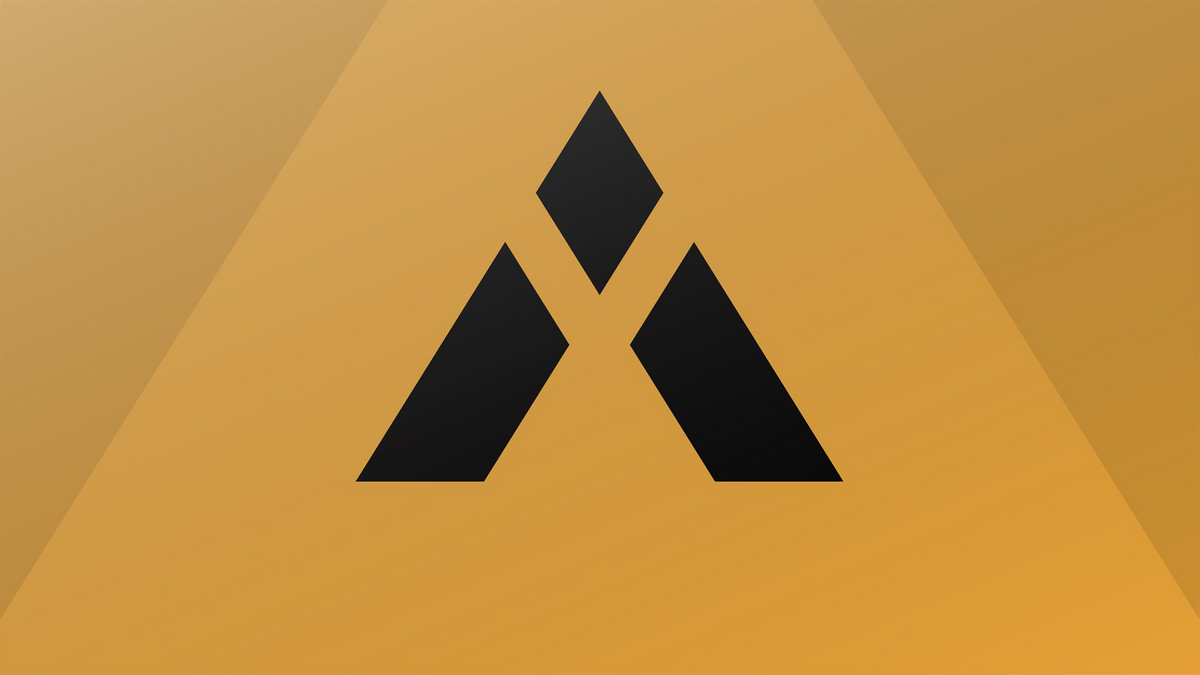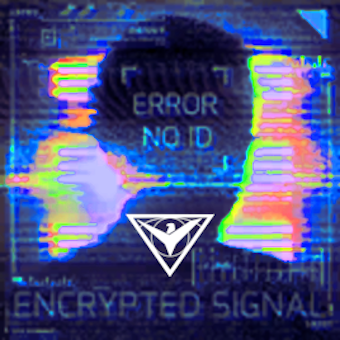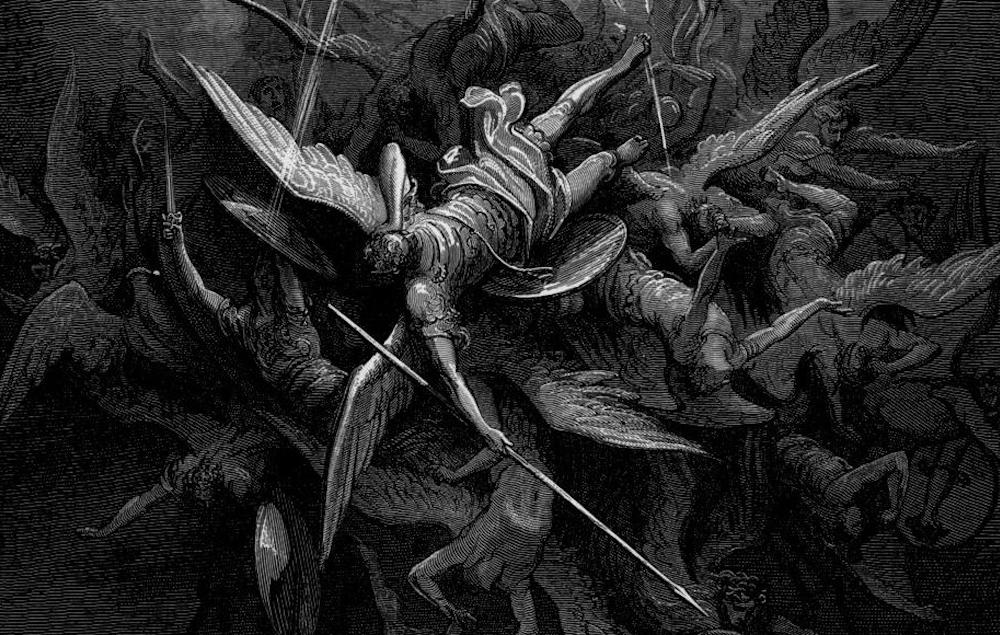Just for the record: TDW novella is but the tip of the proverbial iceberg but the codex in-game recycles the phrase "gateway between Universes".
From TDW novella:
The Codex in-game:
Several versions of the Raxxla story mention an alien artefact, the Omphalos Rift, described as a gateway or tunnel through which parallel universes can be accessed. These details, however, were later shown to bear a striking resemblance to the children's story Princess Astrophel and the Spiralling Stars, and soon lost credibility. Undaunted, some Raxxla seekers insisted that the story's author had cunningly concealed facts about the mysterious locale in his book as hints for those with eyes to see.
Students of Raxxla lore have noted that the legend exerts a strangely potent fascination on the minds of seekers. Commentators have compared this sensation to 'fernweh', the unaccountable longing for a place one has never seen. More than one interstellar treasure-seeker has become obsessed with Raxxla to the exclusion of all other dreams, and spent his or her entire life in a futile search for it.
This, however, was far from the earliest or only mentions. There have been both earlier and much more recent mentions. None, have exactly clarified what it is exactly.
Alien World the Complete Illustrated
ISBN-13: 9780706413984
ISBN-10: 0706413989
Author: Eisler, Steven
Edition: First Edition
Binding: Hardcover
Publisher: Littlehampton Book Services Ltd
Published: 1980
Alien World the Complete Illustrated - Information and prices for ISBN 9780706413984, ISBN 0706413989

isbnsearch.org
Alien Landscapes
ISBN-13: 9780905310336
ISBN-10: 0905310330
Author: HOLDSTOCK, ROBERT AND EDWARDS, MALCOLM
Edition: First US Edition
Binding: Paperback
Publisher: Mayflower Books
Published: 1979
Alien Landscapes - Information and prices for ISBN 9780905310336, ISBN 0905310330

isbnsearch.org
Lost Realms: An illustrated exploration of the lands behind the legends
ISBN-13: 9780905895918
ISBN-10: 0905895916
Authors: Malcolm Edwards; Robert Holdstock
Edition: First Thus
Binding: Paperback
Publisher: Paper Tiger
Lost Realms: An illustrated exploration of the lands behind the legends - Information and prices for ISBN 9780905895918, ISBN 0905895916

isbnsearch.org
Tour of the Universe: The Journey of a Lifetime : The Recorded Diaries of Leio Scott and Caroline Luranski
ISBN-13: 9780831787974
ISBN-10: 083178797X
Author: Edwards, Malcolm
Edition: First US Edition
Binding: Hardcover
Publisher: Mayflower Books
Published: 1980
Tour of the Universe: The Journey of a Lifetime : The Recorded Diaries of Leio Scott and Caroline Luranski - Information and prices for ISBN 9780831787974, ISBN 083178797X

isbnsearch.org
EARTHWIND
ISBN-13: 9780671441876
ISBN-10: 0671441876
Author: Holdstock, Robert
Binding: Paperback
Publisher: Pocket
Published: 1982-06-02
EARTHWIND - Information and prices for ISBN 9780671441876, ISBN 0671441876

isbnsearch.org
That's just the tip of the proverbial iceberg because a lot of Holdstock's science fiction appears to have influenced Elite's overall direction (though that isn't the only source per
Transport Lakon Baker Gamma Sierra Heavy). In the end, they recycled the phrasing from TDW novella. In more modern times, Drew Wagar wrote extensively on Raxxla for Oolite and there have fan stories including stuff like AJN Lion which appears to the basis for
Communication Array Delta 69 given the gravitational anomaly.
So, are the Easter Eggs Raxxla? Good question. I wish I knew the answer. Is it Onionhead given the weird typo? Or is it some alien construct? Hopefully, if we are lucky enough, we'll find out ... eventually.
 stations are supposed to be "officially abandoned" but are still in use. Neither is a
stations are supposed to be "officially abandoned" but are still in use. Neither is a  station.
station.
 en.wikipedia.org
en.wikipedia.org

 elite-dangerous.fandom.com
elite-dangerous.fandom.com








